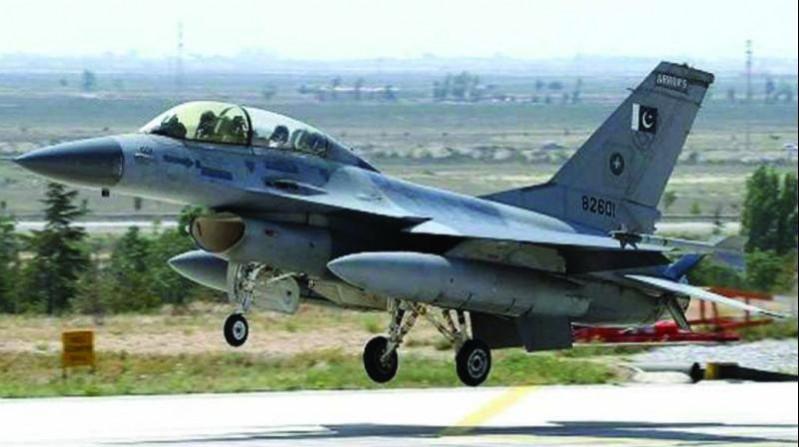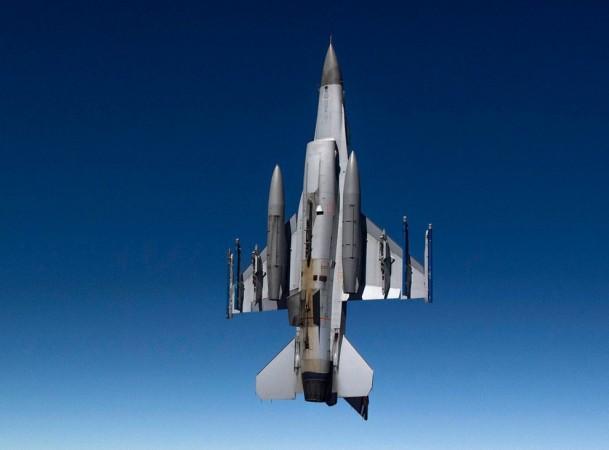Lockheed Martin has emerged as a strong contender to bag $18 billion deal for supplying 114 multirole fighter jets to Indian Air Force (IAF) for which the request for information (RFI) was issued in April. The US arms maker apparently has gained an edge over the other contenders Boeing's F/A-18, French Dassault Aviation's Rafale, Eurofighter Typhoon, Russian MiG-35 and Swedish Saab's Gripen.
Lockheed's offer to start an assembly line in India for aircraft production, including meeting export demand, is a welcome boost to Prime Minister Narendra Modi's Make in India push and has been well-received in government circles. The arms maker has also promised not to sell the particular variant to any other country if India accepted the deal.
However, Lockheed would find it tough to convince all Indian experts that F-21 would be the best fit for meeting IAF's long-term strategic goals, given the fast-changing regional geopolitical scenario and evolving technological ecosystem. The delivery of the aircraft would continue well into the 2030s, considering the timeframe needed to finalize the deal, fine-tune the specifications and ramp up production.
The F-21 warplanes are souped-up F-16s, though Lockheed claims significant improvements. That does not detract from the fact that Pakistan Air Force (PAF) had been operating F-16 for decades now. One such plane was downed by an IAF MiG-21 piloted by Abhinandan Varthaman in a recent dogfight over Jammu and Kashmir after Indian attack of Balakot in retaliation to Pulwama bombing. Pakistani F-16s are of Block 50/52 acquired in the 1980s while F-21s will be based on Block 70/72 versions. However, defence forces usually avoid equipment of similar make because of the enemy's likely knowledge of the capabilities.

Lockheed has sought to deny F-21's similarities with F-16 Fighting Falcon claiming there are significant differences between the two platforms. F-21 is different in terms of various aspects including its airframe, weapons capability, engine matrix and availability of engine options, according to Vivek Lall, vice president of Lockheed Martin, in an interview with PTI.
The IAF air war doctrine is based on acquiring the capability to defend against a two-pronged simultaneous attack from China and Pakistan. Even if Indian F-21s were technologically superior to anything in PAF inventory, the People Liberation Army Air Force (PLAAF) already has in operation a stealth fighter in Chengdu J-20. A fourth-generation fighter like F-21 will find it tough to gain superiority over a fifth-generation warplane with stealth capabilities.

IAF believes that it would need 42 squadrons to feel safe in a scenario of two-pronged attacks. That is why India has issued RFI for at least 114 multirole fighters. That throws up the need for at least a part of the new acquisitions to be fighters built on more advanced platforms than F-16. China is already developing stealthier versions of Chengdu J-20 Mighty Dragon while the fact remains that F-16 airframes grew out of the basic 1970s design.
Lockheed offers India the possibility of integration into the 'global fighter ecosystem', a $165 billion market if the country opts to join the F-21 assembly lineup. The new combat jet was designed to operate out of more than 60 air force stations in India, and its key aspects included superior engine matrix, electronic warfare system, and weapons carrying capacity, according to Lall. "We will not sell this platform and the configuration to anyone in the world. It is a significant commitment by Lockheed Martin and it shows the importance of India and the importance of unique requirement India has," he said.

Lockheed has chosen Tata Advanced Systems as the local partner for setting up the facility. F-21 is different in terms of various aspects including its airframe, weapons capability, engine matrix and availability of engine options, Lall claims. "As for example, you are now looking at 12,000 hours of service life airframe in F-21 versus 8,000 hours previously (F-16 Block 70). The additional 40 per cent weapons carrying capability is new in F-21 which was not there in F-16 Block 70. The electronic warfare system is uniquely developed for India," he added. "Looking from a distance may make it look similar to F-16 Block 70, but it is different."
F-21 was unveiled during the Aero India show in Bengaluru in February, with Lockheed claiming it would address IAF's unique requirements. The Maryland-based company had earlier offered F-16 to IAF but met with stiff resistance from Indian experts.
Though Lockheed may succeed in proving that F-21 is superior to the competitors of the same class, it would be tough to get over the disadvantages of the IAF had to integrate another class of warplanes without any justifiable capability gains.








